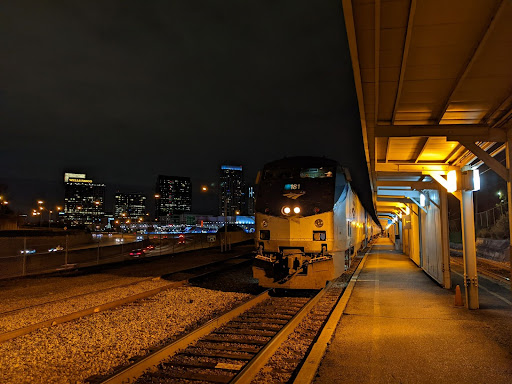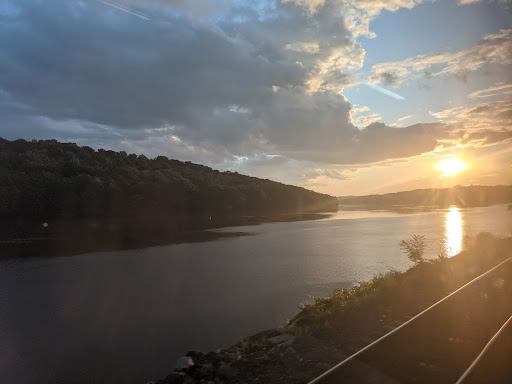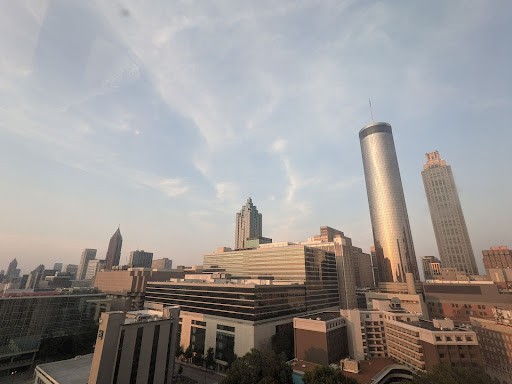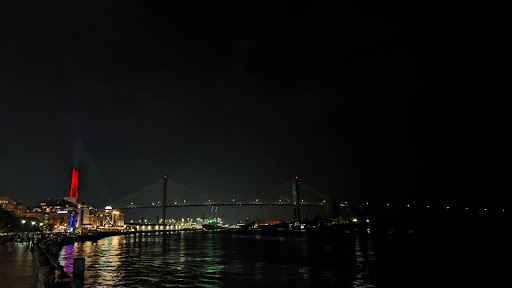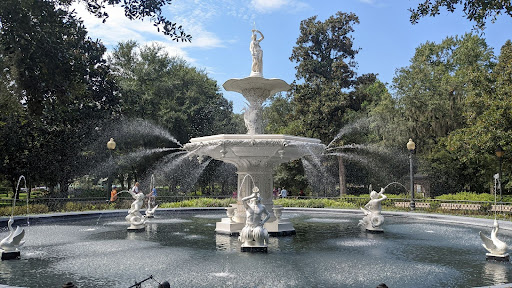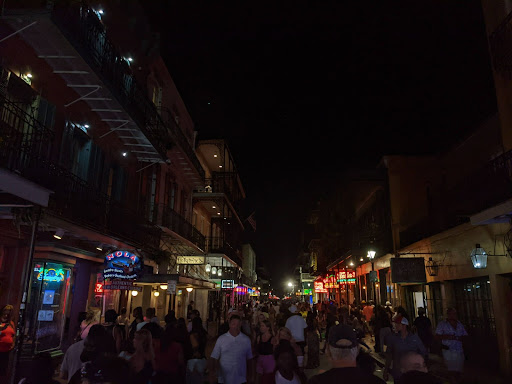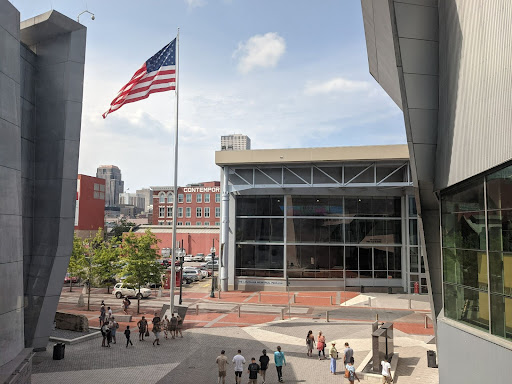
[Guest Post] The Southbound Train by Cami M. '23
by Kylee C. '23
This is a guest blog post by my dear friend (and first person I ever met in person at MIT post-CPW) Kylee C. ’23.
Few things on God’s green earth fill my little southern heart with as much delight and euphoria as a southbound train. There ain’t nothing like slowing down to ride an American train and take in the natural splendor you can find all across the country.
I’ve ridden my fair share of intercity trains here in the USA, on the East Coast and the West Coast, along the Great Lakes and down the Mighty Mississippi.
Among all the Amtrak trains I’ve experienced, three stand out to me in particular.
- The Crescent connecting New York City and New Orleans
- The Palmetto/Silver Service connecting New York City and Savannah/Miami
- The City of New Orleans connecting Chicago and New Orleans
The passenger train receives woefully little love in the US of A, but it’s historically played a massive role in the growth and development of this land.
I’d like to look in particular at the cultural role of passenger trains in the American South, with the help of country music. The first forms of transportation to come to mind regarding country music, and rightfully so, are usually the pickup truck and eighteen-wheeler. Pickup trucks are a staple of bro-country hits from Florida-Georgia Line’s “Cruise” to Tim McGraw’s “Truck Yeah” while trucker country is a fully fledged subgenre within country with hits such as C.W. McCall’s “Convoy” and the band Alabama’s “Roll On (Eighteen Wheeler).”
However, the train, especially the freight train, used to and, to some extent, continues to play an important role in country music. The freight train is a subject of particular fascination, showing up in classics like the Delmore brothers’ “Freight Train Boogie” and contemporary country, as in Alan Jackon’s acclaimed Freight Train album. Trains used to be all the rage in country music. Purported to be on the first country song to sell over a million copies, Vernon Dalhart’s version of “Wreck of the Old 97” details the tragic wreck and derailment of a mail train near Danville, Virginia. Johnny Cash’s “Folsom Prison Blues” tells the story of a man behind bars who, upon hearing a train whistle, envies the freedom of passengers. “Wagon Wheel” is the story of a hitchhiker heading south along the East Coast, imploring to be rocked “like a south-bound train.”
However, the story of passenger trains in country music is also the story of the decline of passenger rail travel. The classic “City of New Orleans” describing the route of the same name was released in 1971, when the route was on the brink of being decommissioned. 1971 was also the year Amtrak was founded to consolidate remaining passenger train services and, ideally, to save them. Country music is considered to have originated in a recognizable form in the early 20th century, and, thus, half of the genre’s history coincides with the decline of American passenger trains.
The story of country music is both a story of the rise and fall of train travel, but the prominence of trains even in contemporary music reflects the role of nostalgia in country music. Even classic country songs involving trains were often written after their heyday; the train is a tool for artists to hearken back to an imagined “simpler place and time,” as Gladys Knight and the Pips sing in “Midnight Train to Georgia” (the first non-country song cited).
Nowadays, trains aren’t what they used to be, but here are the rootinest, tootinest destinations that make me love the routes I mentioned at the beginning: Atlanta, Savannah, and New Orleans.
Atlanta, with its booming growth, is a distinctly southern metropolis, whose shadow I grew up in. It’s a truly lively city with a lot of diversity and life; it’s also the center of the South’s burgeoning film industry: Y’allywood.
From the cobblestones on River Street to the several regularly-spaced parks reflecting its historic urban fabric, Savannah is, to me, the most charming town in America.
New Orleans might be the most unique city in America, with its historic streetcars still running and the architecture of the French Quarter seldom seen elsewhere in the country.
I’ve visited all of these cities via Amtrak and had a truly wonderful time. I often visit Georgia by taking Amtrak all the way between Boston and Atlanta, changing trains once along the trip to visit friends or see the sights, typically in New York or Baltimore. I took a trip along the East Coast between Boston and Savannah, stopping in several cities along the way. My favorite train trip of all time was a 2-week trip from Boston to Chicago to New Orleans to Birmingham to Atlanta to Washington DC and back to Boston. I’ll never forget being in Chicago and boarding the train to New Orleans, hearing southern accents for the first time in ages and feeling at home.
And that is the power of the southbound train: getting a taste of home.
